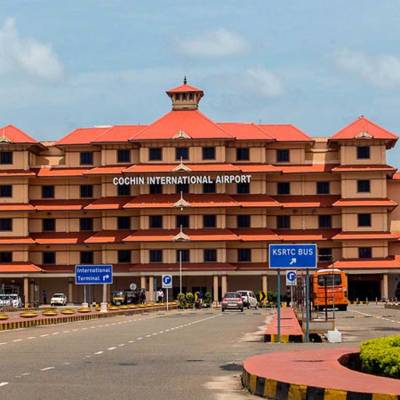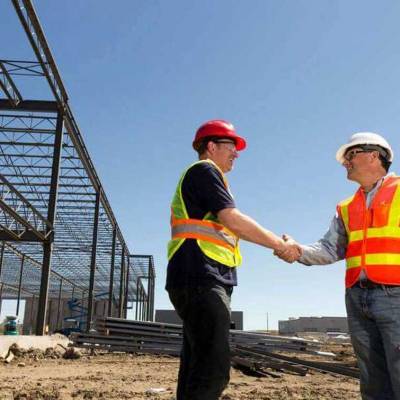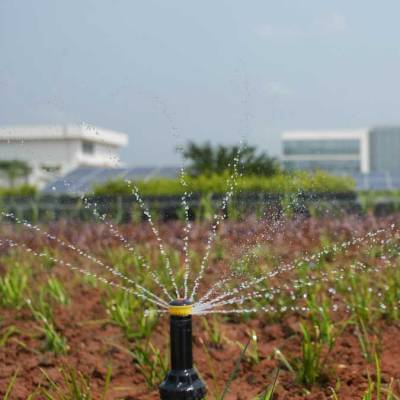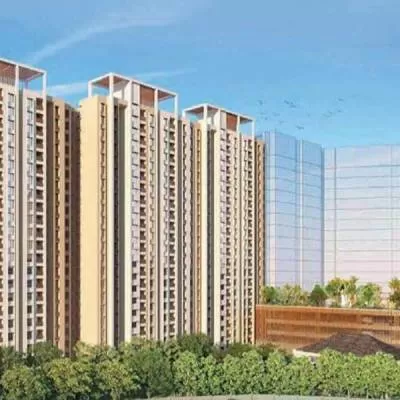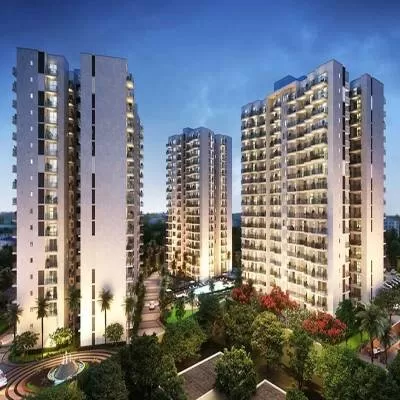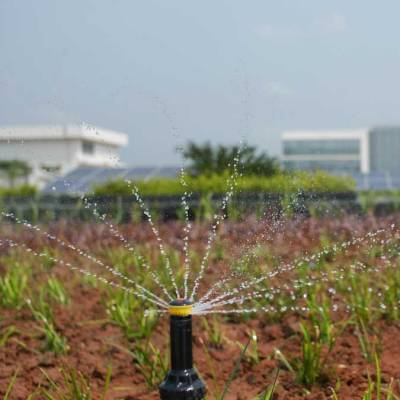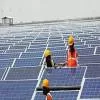- Home
- Real Estate
- Pipeline Innovations
Pipeline Innovations
Read full article
CW Gold Benefits
- Weekly Industry Updates
- Industry Feature Stories
- Premium Newsletter Access
- Building Material Prices (weekly) + trends/analysis
- Best Stories from our sister publications - Indian Cement Review, Equipment India, Infrastructure Today
- Sector focused Research Reports
- Sector Wise Updates (infrastructure, cement, equipment & construction) + trend analysis
- Exclusive text & video interviews
- Digital Delivery
- Financial Data for publically listed companies + Analysis
- Preconceptual Projects in the pipeline PAN India
- Plumbing
- Construction
- Sandeep Shukla
- Jaquar Group
- Gajanan S Dikondawar
- The Supreme Industries
- Avinash Laddha
- KiTEC Industries
- smart city projects
- HVAC
- Fire-protection systems
- Piped gas supply
- Rainwater harvesting systems
- BSA Narayan
- Indian Plumbing Association
- Mahindra Lifespace Developers
- Deepak Suvarna
- PEX
- Indo Green PP-R plumbing system
- Flameguard
- CPVC fire sprinkler system
- BSA Narayan
- Deepak Suvarna
Innovations in plumbing are enabling designer bathrooms and superior drainage, and driving major water savings. Plumbing and the construction of buildings go hand in hand. On a wider scale, “demand for plumbing generally follows growth in the overall economy because that drives expansion in housing and infrastructure,” says Sandeep Shukla, Head, Marketing & Communication, Jaquar Group. “In India, we have seen that as people gradually grow wealthier and aspire to improve their lifestyles, the demand for bigger housing units increases; this boosts the demand for plumbing.” “Demand for plumbing is growing with the pace of growth of construction and infrastructure projects,” says Gajanan S Dikondawar, Senior General Manager, Innovation and Technology, The Supreme Industries. “Players who offer a complete product range of consistent quality backed by excellent customer service are seeing good opportunities.” Meanwhile, Avinash Laddha, Managing Director, KiTEC Industries (India), believes “demand for plumbing is not buoyant at present; construction is down, so demand for plumbing products is also at a low.” Demand drivers The residential segment being the largest generates the highest demand and is consistent, according to Dikondawar. “Demand for plumbing for commercial buildings follows, and then come the hotel and hospital segments.” Policy decisions have helped boost demand, say industry players, citing the example of the new laws recommending the use of SS 316 grade pipes for specific applications in the healthcare and hospitality industries. In future, Dikondawar expects government initiatives such as 24 x 7 metered water supply, sanitation for all, Housing for All by 2022 and smart city projects to boost demand for plumbing and piping. Among new applications expanding the opportunities for plumbing products, he lists HVAC, fire-protection systems, piped gas supply and rainwater harvesting systems. Concealed plumbing “In metros, almost all new buildings, whether residential or commercial, are being built with concealed plumbing products,” says Sunil Kumar Duggal, Director, Northern Sanitation. Concealed systems include concealed cisterns and piping that is hidden in the wall, floor or ceiling. “Concealed systems improve the aesthetics of the bathroom, contribute to hygiene and are trouble free with a push panel to facilitate maintenance if needed,” says Duggal. “These typically fit into inner walls. If the wall is thinner than usual or made of hollow bricks, a ledge wall can be raised to fit the system and the actuation plate.” Concealed cisterns typically have a thickness varying from 85 mm to 125 mm, notes BSA Narayan, Managing Director, Maple Engg-Design Services (India) and National Vice President, Indian Plumbing Association. “They can be placed in a regular wall but for practical purposes, we always recommend the creation of a 100-mm-thick ledge wall, which additionally helps to accommodate the soil pipe coming from the water closet. Equally important, care is necessary to ensure that no beam attached to the slab gets punctured.” Smart concealed cisterns are a bestseller for Viega; they allow architects the flexibility of fixing the flush plates on top of the ledge wall and in the front. On the other hand, Viega Mono Slim cistern allows thinner ledge walls, which help increase the inner space. Water-saving fixtures Demand for water-saving green plumbing products is charting a continuously upward path with buyers in both the residential and commercial segments opting for these, even though their biggest uptake is for high footfall zones, says Shukla. Innovation by providers is raising the bar in the water-saving potential of plumbing devices. For instance, the water needed for a flush has been successfully reduced from 10 litre to 3-6 litre, notes Shukla. All Viega concealed cisterns come with best-in-class dual flush for water saving. The latest development in water-saving flushes is intelligent flushes that eliminate the need for a cistern, shares Shukla. “Such flushes pull sufficient water from pipelines and are apt for high footfall zones where the bathroom usage is high, mandating frequent flushing.” Other well-received water-saving products from Jaquar are taps that restrict the flow of water by mixing air with the water to keep the volume intact for users. As the flow mimics foam, the taps are called foam flow taps. Sensor taps, which get turned on only when they sense a user, and pressmatic taps, which release a limited quantity of water only when pressed, also help save water. Plumbing for high-end fittings High-end fittings requiring adequate water pressure necessitate accurate plumbing, especially in high-rises. “In tall buildings, gravity typically ensures sufficient pressure for high-end fittings, although accessories exist to boost the pressure,” observes Shukla. Ideally, he suggests opting for high-end fittings that do not require the installation of such extras. To ensure that high-end fittings perform as expected, Mahindra Lifespace Developers has a practice of optimising the pressure requirements according to the fixture requirements. “We make sure that the fixtures and system are not under unnecessary or excess pressure and try to avoid the use of pressure reducing valves, which, upon failure, expose the system to unnecessary excess pressure,” says Deepak Suvarna, Chief Projects Officer, Mahindra Lifespace Developers. “Good system design; the use of appropriate, reliable, installation-friendly material certified for the application and compliant with all the standard building codes; accurate installation and pre-inspection and testing prior to commissioning are critical to ensure the performance of high-end plumbing,” says Dikondawar. The quality of water also impacts the performance of high-end fittings. “Filtered soft water works best for high-end fittings; this is to some extent driving the demand for water filters and softeners,” says Shukla. Best practices for high-rises Factors to consider when designing plumbing layouts for high-rises include the potential expansion of pipes, and the number of bends in the pipes. Minimising these bends reduces the load on hydro-pneumatic pumps and increases the life of the plumbing by lessening the accumulation of residue. This may involve opting for curve-friendly, cross-linked polyethylene (PEX) pipes. Best practices include incorporating manifolds to facilitate maintenance; they act like circuit breakers in a plumbing system and ensure system integrity, and insulating metal pipes with polystyrene strips to prevent heat loss or gain in long stretches, especially in hospitality properties where it is critical to maintain the temperature of water held in the pipeline. Identifying other best practices, Suvarna attests to using “only underslung drainage and water supply systems, reducing the mechanical equipment and accessories in the systems, minimising the number of fittings as those are potential areas of leakage, banning the use of sockets, and avoiding the concealing of joints.” Choice of tanks A wide range of storage tanks is available in the market. Supreme offers overhead water tanks up to 10,000 litre, underground water tanks up to 100,000 litre, readymade septic tanks and other customised products. This is over and above Supreme’s Aquagold uPVC high pressure plumbing system, the Lifeline CPVC hot and cold water system, the Indo Green PP-R plumbing system, Flameguard, a CPVC fire sprinkler system, Skyrise, a hi-tech low noise SWR building drainage system, and the Nu-drain underground drainage system. Customers are opting for readymade tanks over conventional concrete tanks. “We prefer sectional water tanks instead of conventional concrete water tanks because they are lighter, faster to install and easier to maintain,” says Suvarna. “Sintex-styled readymade storage tanks are preferable for being easy to install,” says Hiren Patel of Hiren Patel Architects. “However, we still raise brick walls to enclose them, for additional protection from weather elements and to enhance the aesthetics, as water tanks are prominent features of our projects.” Preferred Fittings “Chrome-plated fittings enjoy 90 per cent of the market,” says Sandeep Shukla, Head, Marketing & Communication, Jaquar Group. “However, discerning interior designers working on residential projects are opting for fittings in gold and other finishes.” “We prefer to use brass fittings with a contemporary look for our projects,” says Hiren Patel of Hiren Patel Architects. “When choosing fittings, we prioritise aesthetics and the comfort of users.” Downsize pipes for water and energy savings Plumbing optimisation involves downsizing the piping systems to usher in water and energy savings, says Avinash Laddha, Managing Director, KiTEC Industries (India). “When metal pipes were in vogue, it was common to use pipes that were of a higher diameter than what was needed, say 0.5 inch pipes instead of 3/8 inch diameter pipes, to counter the narrowing effect of corrosion on the inside diameter of the pipe. With new-generation composite pipes, pipes of smaller diameter having a smooth inner surface can be used without compromising on water flow or pressure, to achieve substantial water saving and conserve energy. This only requires paying sufficient attention to the hydraulic design.” Single or Three-way Stack In the area of drainage plumbing, “the National Building Code 2016 outlines single-stack, two-stack or three-stack systems, and the Indian Plumbing Association has provided design parameters for all these systems,” notes BSA Narayan, Managing Director, Maple Engg-Design Services (India) and National Vice President, Indian Plumbing Association. While the three-stack system has conventionally been used in India, nowadays a variety of propriety single-stack systems are available to connect soil and waste pipes to a single vertical stack, observes Narayan. “In the process, the flow from the upper floors will be streamlined without any obstructions and the air pressure will be maintained in the stack.” Single-column drainage systems are catching on among developers. Narayan says this is because they help avoid a lot of fittings, vertical pipes and vent pipes, and require less space in the shaft. “However, the system has to be designed properly to ensure positive air flow in the stack. It also necessitates specially designed fittings on the vertical stack at all floor levels. Flow in the single-stack system with a vent or without a venting system is a subject of R&D globally.” “We opt for maintenance-free plumbing systems such as patented single-stack systems available with Valsir and Geberit for customer convenience and peace of mind, says Deepak Suvarna, Chief Projects Officer, Mahindra Lifespace Developers. “While the convention in the West is to use a single pipe for drainage, to save on piping, the conventional school of sanitary engineering recommends that venting is best done separately,” says Sunil Kumar Duggal, Director, Northern Sanitation. “We prefer to use triple-stack systems.” Another advancement in drainage is the development of multiple inlet drain such as the Viega Advantix triple inlet drain with three movable arms, which allows the bathtub, shower area and basin to be connected to a single drain, making plumbing easier. A flange makes it leakproof, and it can be fitted with a Viega tile inlay instead of a regular grate, for a seamless bathroom floor in tile, marble or natural stone. Plumbing-driven Minimalism The development of new products promotes certain interior styles. In bathrooms, products such as the Viega Advantix Vario shower channels, a sleek looking drainage product, have promoted minimalistic profiles. The Viega Advantix Vario shower channel is easy to clean and designed to drain large water flows emanating from high-end shower fittings far more effectively than single-point conventional drains. The ability to drain water effectively facilitates the use of natural stone, which tends to grow moss quickly, instead of tiles. - Charu Bahri To share your views on the market for Plumbing-Pipes and Pumps in India, write at feedback@ConstructionWorld.in


